The term towel racks is used both as a generic term for “the thing you hang your towel on” and as a more specific type of towel hanging fixture. Towel fixtures come in six main types:
- Towel Hooks
- Towel Rings
- Towel Valets
- Towel Bars
- Towel Racks
- Towel Shelves
Most of the towel fixtures are available in chrome, and some have alternative metal finishes such as nickel, pewter, stainless steel, wrought iron, and brass. Most of them can be chosen to match other bathroom fixtures and faucets individually, or form part of a collection.
Towel hooks, not always named as such, allow for hanging the towel over a rounded tip of some sort. There are single hooks, double hooks, and hooks that look like open rings on their side, with each prong extending horizontally from the fixture. Towel hooks are useful for hanging towels in a long vertical space. Some manufacturers offer both single and double hook options.
Towel rings are not always rings. They may be a nearly perfect circle, be open on one side, or have a flat space on the bottom. Some are in the shape of a rounded rectangle. Some companies specify whether their towel rings are left-handed or right-handed.
Tower valets are floor stands with curved bars to hold several towels at about waist height. Similar products also go by the name of towel stand, and countertop models are also available.
Standard towel bars feature a single bar with a wall fixture at either end. Hand towel bars may be affixed at only one end, with the other end open so the towel can slide on and off. Alternatively, a hand towel bar may be attached at both ends and have a short bar between, usually the widths of a typical hand towel. Standard towel bars come in some typical widths, including 18” (45.72 cm), 20” (50.8 cm), 24” (60.96 cm), 30” (76.2 cm), and 32” (81.28 cm).
Variations include towel bar / towel ring combinations—a single piece featuring a place to hang both a larger towel and a hand towel; as well as towel bars hung below a display shelf. Double towel bars are also available, as are towel rails that are like bars, but only attached to the wall on one side.
Towel racks can be used to hang numerous towels or other items to dry, and is the style of towel holder most often used for warming towels. Towel racks may be freestanding or wall mounted. The wall mounted models either have permanent fixtures, or are designed to be attached to an existing towel bar, making it portable. An alternative design is the flat panel heated towel stand, which features more heated surface area for the towels to rest against. Towel heating products generally work by plugging the supplied electrical cord into a standard outlet.
Towel shelves, which are wall-mounted and are available with and without towel racks below, are also used both for storage and are also used for towel warming. Certain models may be referred to as towel baskets.
If you have requirement of commercial towel racks or other bathroom accessories, I recommend you to visit BeAnUnion Metal Co., Ltd. – they specialize and design various hotel & home accessories. Today, contact with BAU for more details!
Article Source: Home Institute

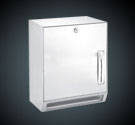
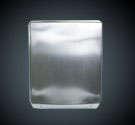
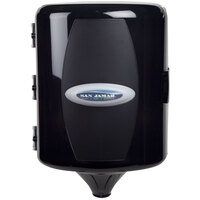
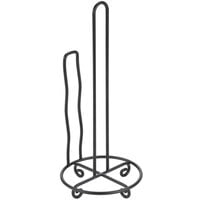
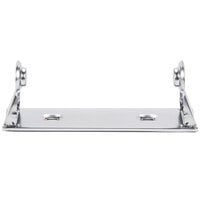
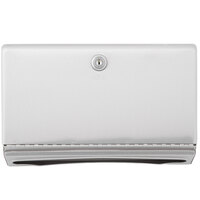
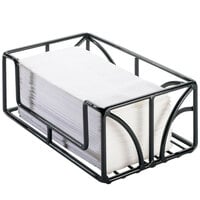
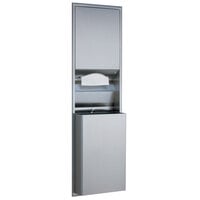
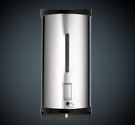
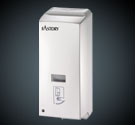 With years of experiences,
With years of experiences,